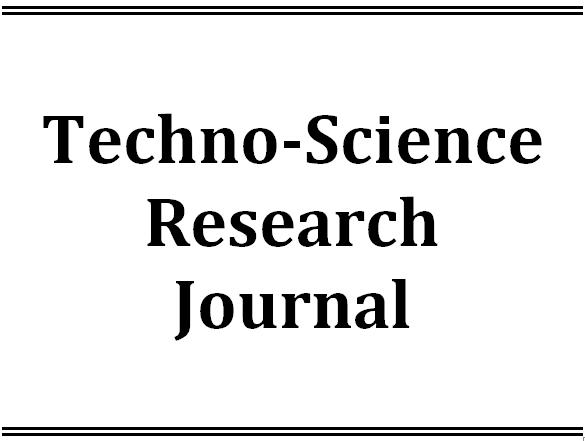Latest Issue
Empowering Education with Online Khmer Handwritten Text Recognition for Teaching and Learning Assistance
Published: August 30,2025Undergraduate Student Dropout Prediction with Class Balancing Techniques
Published: August 30,2025Status of Seawater Quality at Koh Rong Island, Sihanoukville, Cambodia
Published: August 30,2025Low-Complexity Detection of Primary Synchronization Signal for 5G New Radio Terrestrial Cellular System
Published: August 30,2025Word Spotting on Khmer Printed Documents
Published: August 30,2025Tuning Hyperparameters Learning Rate and Gamma in Gym Environment Inverted Pendulum
Published: August 30,2025Examining Passenger Loyalty in Phnom Penh Public Bus System: A Structural Equation Modelling Approach
Published: August 30,2025Prediction on Load model for future load profile of Electric Vehicle charging demand in Phnom Penh
Published: August 30,2025Economic Study on Integrating PV-DG with Grid-Tie: Case Study in Cambodia
Published: August 30,2025The Effect of Vibration Amplitude and Frequency on the Fatigue Life
-
1. Mechanical Engineering Department, Institut de Technologie du Cambodge
Academic Editor:
Received: January 20,2024 / Revised: / Accepted: January 20,2024 / Available online: June 01,2013
In this paper, the relationship between vibration and fatigue life of metal has been investigated. To perform the research, finite element method is used to design two types of steel specimen before the experiment under bending load is conducted on an electro dynamic shaker. In the experiment, the tested frequenciesare around the first natural frequency of the specimens and they are carried out at the frequency ratios r = f/fn (f = excitation frequency, fn = natural frequency) = 0.9010, 0.9792, 1.0000, 1.0200, 1.0900. The frequency ratio is used instead of frequency in order to get rid of the error occurs because the first natural frequencies of the specimens are not exactly the same. The amplitude of the vibration is conducted at the constant acceleration of 10g (g = 9.81m/s2). The results from both finite element method and experiment show that at the constant acceleration with respect to the variation of frequency ratio, the fatigue life increases as the frequency ratio increases.

